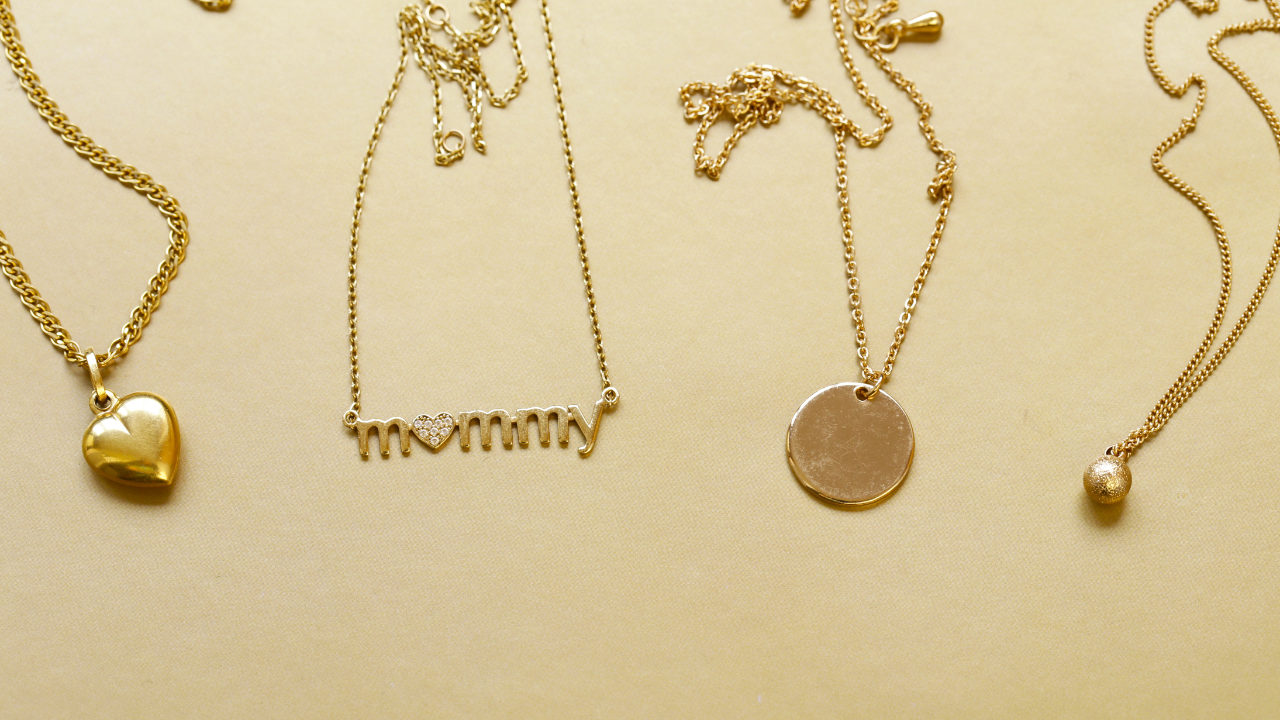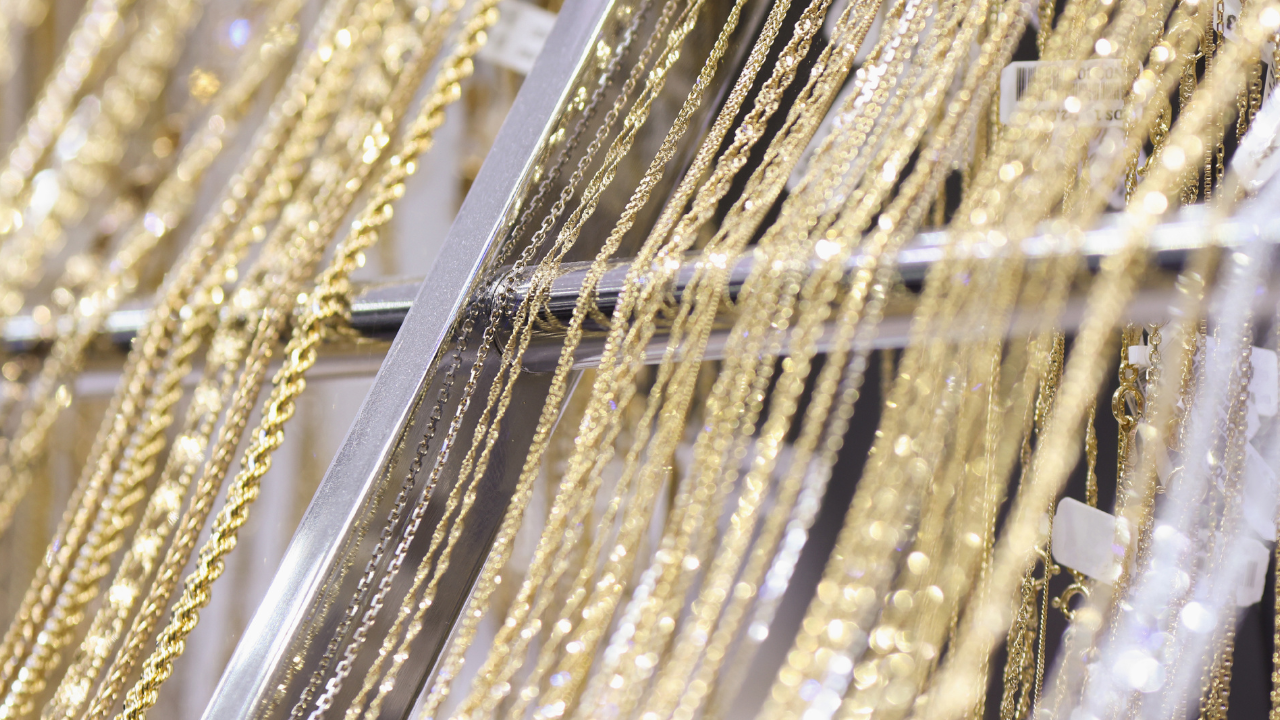
Australian artist Christine Porter once famously declared, “I don’t know much about art, but I know what I like.”
When it comes to pendants, many jewelry connoisseurs–and even some jewelry designers– could say the same thing. The beauty of a stunning, impeccably crafted pendant speaks for itself. However, the finer details, like the choice of pendant chain, are often less obvious and less understood.
Today, we’ll be pulling back the curtain and considering the considerations of choosing an ideal chain for your pendant. In Particular, we’ll explore the four questions you need to ask to ensure you choose the perfect chain for turning your artistic vision into a reality.
Four Questions you MUST Ask Before Selecting a Pendant Chain
Question 1: Will the chain be balanced?
“Perfectly balanced, as all things should be.”
Thanos, Avengers: Infinity War
In the earliest stages of designing your dream pendant, the only limit is your imagination.
Soon afterward, however, you run into the first two challenges: practical and aesthetic.
On a practical level, the larger the pendant you choose, the stronger the chain will need to handle the stress and strain. Choosing a chain with more weight and breadth will be crucial. The extra strength will naturally also need to carry over to the clasp. Educating yourself on clasps capable of bearing the strain of a heavier pendant, like lobster or trigger clasps. For these more sizable pendants, the most popular chain gauge typically ranges from 0.9mm – 1.7mm.
Conversely, more petite pendants with a lighter weight encourage using a thinner, finer chain. The reduced weight also allows for the use of bolt ring clasps–thinner than the lobster or trigger clasps that would be used with a heavier pendant but more than capable of bearing the weight of a smaller pendant. Finally, for these more lightweight pendants, be aware that the most common chain gauge will generally range from 0.9mm – 1mm.
If the first factor to consider is practical, the second is aesthetic; truly beautiful design needs to “look” balanced.
While utilizing a thick, massive chain for a small pendant won’t necessarily result in any physical challenges, it would look inappropriate and out of proportion. While such considerations are typically intuitive, it is important to always keep them firmly in mind.
Question 2. What’s the bail size?
When putting together a pendant, the chain is threaded through a hole known as a bail. As you might imagine, the chain you want may be too large to fit through the pendant’s bail, making it unusable. To avoid the risk, it’s always a good idea to test it physically yourself or carefully check the size descriptions of both the jump ring and the chain. Better safe than sorry!

Question 3. What’s your preferred length?
How long it takes to make your pendant’s chain might seem like it could simply come down to personal preference. Much like the breadth and width of your chain back in question 1, there are both practical and aesthetic questions you’ll need to consider with your chain’s length.
From a practical standpoint, larger pendants can look gorgeous on very short and extremely long chains but require additional considerations. In such cases, you’ll have to be especially mindful of the chain’s strength for the weight to be borne effectively.
The most popular length for larger pendants is chained, stretching from 24” to -30”. Aesthetically, these lengths also work well with droplet styles, as well as designs that integrate tassels, charms, and other moving pieces. Droplet styles and diamond chain cuts look particularly breathtaking with longer chains, as do pieces with lots of movement, such as tassels and charms.
Conversely, it’s typically the case that smaller pendants will usually look much better on shorter chains–while also reducing the higher risk of a small pendant getting tangled or twisted into clothing, potentially leading to it breaking or tearing off unexpectedly.

Question 4: What’s your style?
Perhaps the most personal and subjective question of all–what’s your style preference?
Despite how personal style choices can be, some general guidelines and principles can help you make the right choice.
Most importantly, remember that the classic styles are popular for a good reason. Snake, Curb, Trace, and Belcher chains have an aesthetic that goes perfectly with a diverse range of pendant styles and is consistently the most recognized and immediately admired designs. That can be especially helpful to keep in mind if you’re crafting jewelry for resale or as a gift for a loved one.
What’s your style preference?
By asking yourself these four simple questions, you can avoid making many of the most common mistakes in jewelry design and design a finished product that captures your imagination with a design as elegant as it is durable.
Of course, if you still have more questions related to designs for pendants or other jewelry, or if you’d like to get in touch with any of the experts here at Royi Sal, we’d love to hear from you! As your premier silver jewelry partner, we’re always eager to help support your jewelry manufacturing aspirations.
Tagged With: chain jeweler, jewelry designer, jewelry, jewelry design, jewelry findings, jewelry making, jewelry making supplies, Jewelry Tips, jewelry tools, Silver Jewelry, Trends and Inspiration, workshop essentials
Share this post

